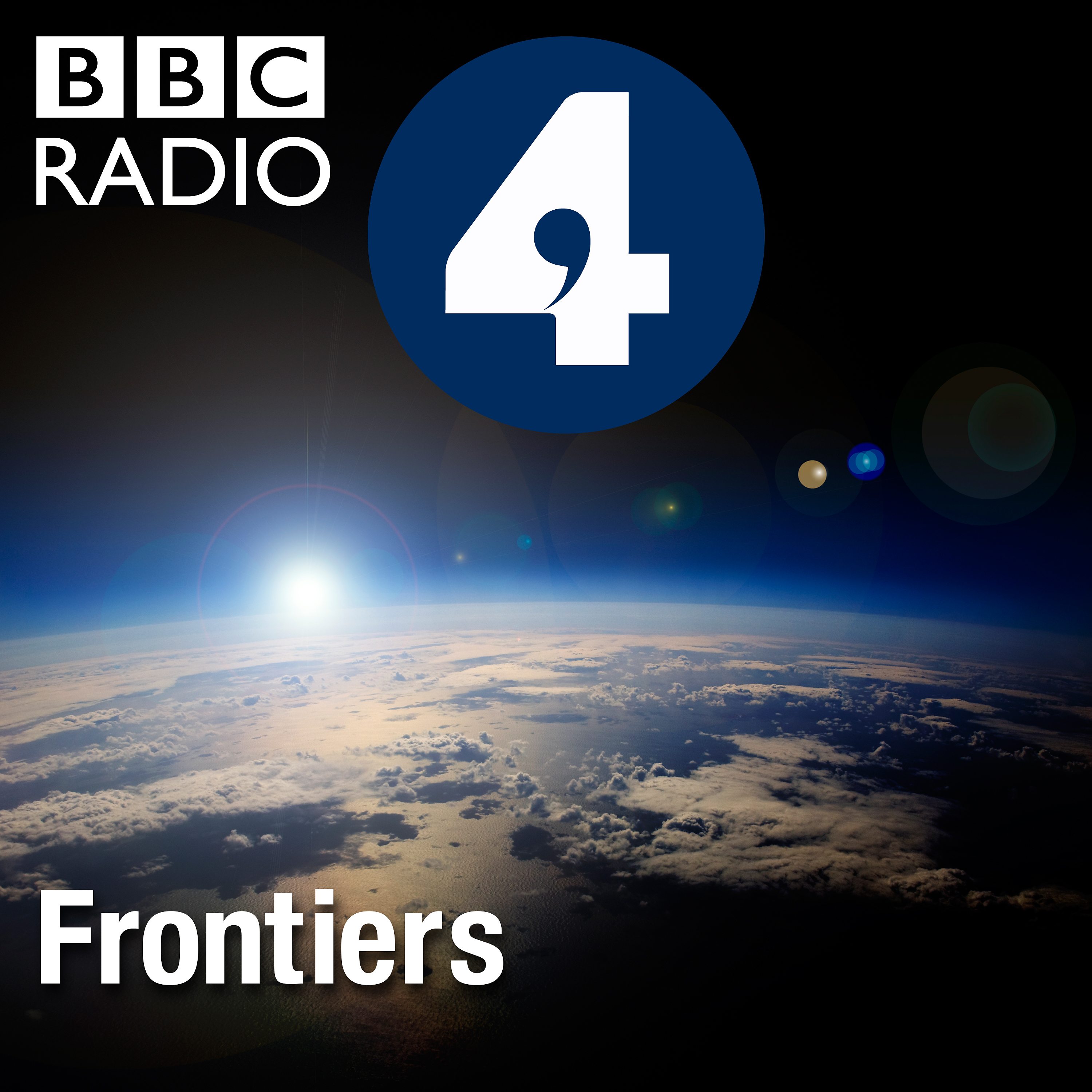Crossrail - Tunnelling under London
Description
Tracey Logan goes underground to find out how Crossrail is using the latest engineering techniques to create 26 miles of tunnels below London's tube network, sewers and foundations and through its erratic, sometimes unpredictable geology. She finds out about the latest science being used in Europe's biggest engineering project.
London sits on a varied geology of deposits of fine-grained sand, flint gravel beds, mottled clay, shelly beds which are sometimes mixed with pockets of water. This sheer variety has presented a challenge to London's tunnel engineers since the early 1800s.
Tracey goes on board one of the huge, 150 metre long, 1000 tonne tunnel boring machines as it makes its way beneath London's Oxford Street. At depths of up to 40 metres it can negotiate London's complex geology with incredible precision and can instantly adjust the pressure it applies at the cutting head to ensure there is no ground movement above.
Its precision engineering means it also follows a route which avoids the many existing foundations, sewers, and the tube network, sometimes travelling just centimetres past the London underground tunnels.
Tracey also finds out how unexploded ordnance from World War II still has to be carefully accounted for while digging beneath the capital.
The tunnel boring machines operate nearly 24 hours a day, 365 days a year and so even has an onboard kitchen and bathroom facilities for the 20 or so operators who make up its 'tunnel gang'.
More Episodes
Published 12/24/14
"e-Therapy" has come a long way since the (slightly tongue in cheek) days of ELIZA, a very early attempt at computer based psychotherapy. ELIZA was little more than an algorithm that spotted patterns in words and returned empty, yet meaningful-sounding questions back at the user.
All sorts of...
Published 12/24/14
Dr Hannah Fry investigates the hidden patterns behind terrorism and asks whether mathematics could be used to predict the next 9/11.
When computer scientists decided to study the severity and frequency of 30,000 terrorist attacks worldwide, they found an distinctive pattern hiding in the...
Published 12/23/14


